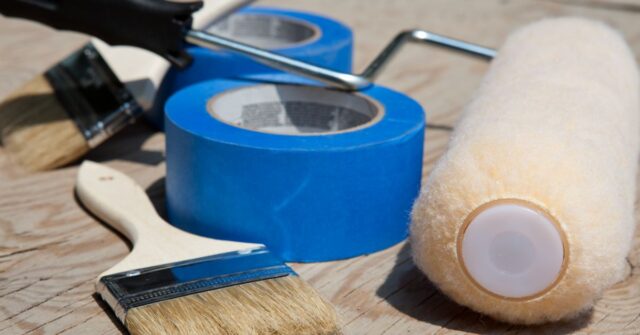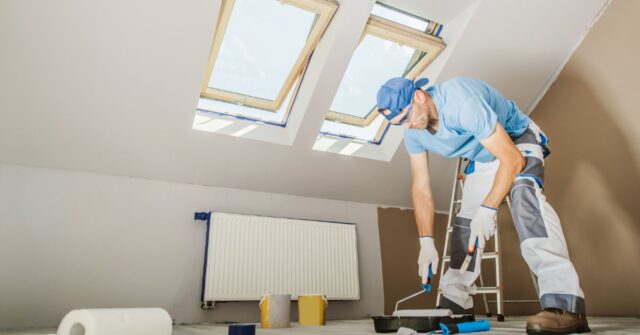Choosing the right paint finish is like picking the right outfit for an event – both style and function matter. If you’re weighing up low sheen versus matte finishes, you’re not alone.
These two popular options each offer benefits, quirks, and ideal uses. This guide will break it down, no fluff, just straight talk – so you can paint smarter, not harder.
Understanding Paint Sheens: Why Finish Matters
The finish of your paint affects more than just looks. It plays a big role in durability, ease of cleaning, and how your walls handle everyday life.
Whether you’re repainting the hallway or freshening up a bedroom, knowing your options can save time and regrets.
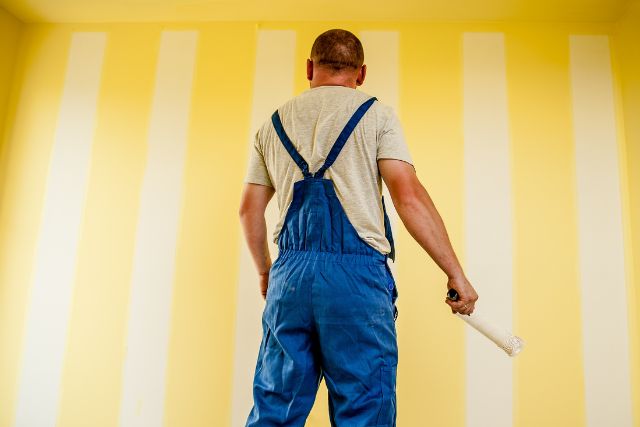

What Is a Paint Sheen?
Paint sheen refers to how shiny or reflective the paint looks once it’s dry. Think of it as the gloss level, ranging from flat to high gloss.
Matte and low sheen sit on the lower end of that spectrum, giving walls a more subtle, refined appearance.
How Sheen Affects Appearance and Performance
Sheen influences how light bounces off a surface, which in turn impacts colour depth and visibility of imperfections.
High-sheen paints are easier to clean but highlight flaws. Low sheen and matte finishes help hide bumps and scuffs, but differ in how they perform over time.
What Is Low Sheen Paint?
Low sheen paint strikes a balance between flat and shiny. It’s the reliable middle-ground finish that shows just a hint of reflection.
You’ve probably seen it on living room walls or hallways – it’s subtle, smart, and tough enough to handle daily wear.
Key Characteristics of Low Sheen Finish
Low sheen paint has a soft glow when the light hits it just right. It’s tougher than matte, thanks to a touch of binder in the formula, making it more resistant to marks and moisture.
But it doesn’t scream for attention, which is part of its charm.
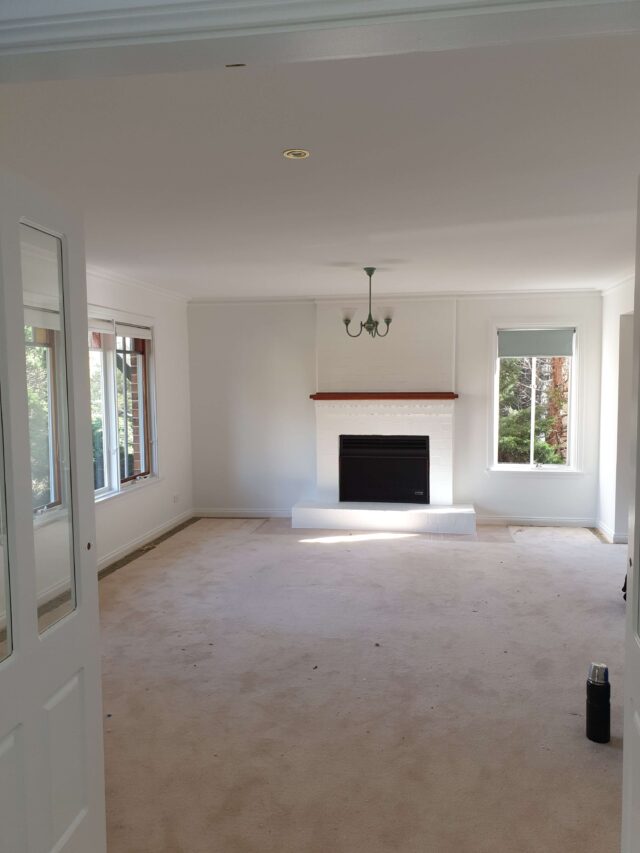

Common Applications and Ideal Rooms
Low-sheen paint is a go-to for areas that see some action but still want to look good doing it. Think lounge rooms, hallways, home offices, and stairwells.
It handles fingerprints and smudges better than matte, without drawing eyes to every surface nick.
Pros and Cons of Low Sheen Paint
- Pros: Easier to clean, resists moisture, looks polished but not glossy, versatile across many spaces.
- Cons: Slightly more reflective than matte, can show subtle surface flaws under strong lighting.
What Is Matte Paint?
Matte paint is the introvert of the paint world – quiet, classy, and not looking for the spotlight. It has no shine and gives walls a smooth, even finish that absorbs light rather than bouncing it around.
Key Characteristics of Matte Finish
Matte paint offers full coverage and a rich, chalky texture. It hides imperfections better than any other finish.
The absence of shine creates a clean, understated look that feels calm and cozy. But don’t expect it to stand up well to scrubbing.
Common Applications and Ideal Rooms
Perfect for bedrooms, ceilings, and feature walls, matte paint sets a relaxed mood. It’s also great in older homes where walls aren’t exactly perfect.
You won’t need a flawless surface for it to look good – matte paint is forgiving like that.
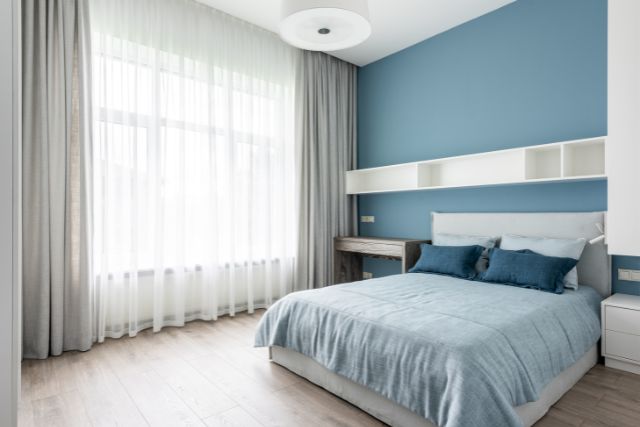

Pros and Cons of Matte Paint
- Pros: Hides flaws, creates depth and softness, ideal for low-traffic areas, absorbs light for a calm atmosphere.
- Cons: Harder to clean, not suitable for damp areas, can wear down faster with frequent touching.
Low Sheen Vs Matte: A Side-By-Side Comparison
Let’s put them head-to-head. Both finishes serve a purpose, but knowing where they shine (or don’t) will help you decide.
Durability and Wear Resistance
Low sheen takes the cake here. It holds up better under repeated cleaning and minor bumps. Matte, while beautiful, is more delicate and can scuff easily if not handled with care.
Cleanability and Maintenance
If you’ve got pets, kids, or a penchant for touching walls, low sheen wins. A damp cloth can often fix smudges without fuss. Matte? Not so much. Stains can be stubborn, and over-cleaning may ruin the finish.
Appearance and Aesthetic Effect
Matte brings mood and depth. It’s perfect for creating a warm, elegant vibe. Low sheen looks more modern and tidy, making it great for open-plan living or transitional spaces.
It reflects just enough light to make rooms feel alive without being shiny.
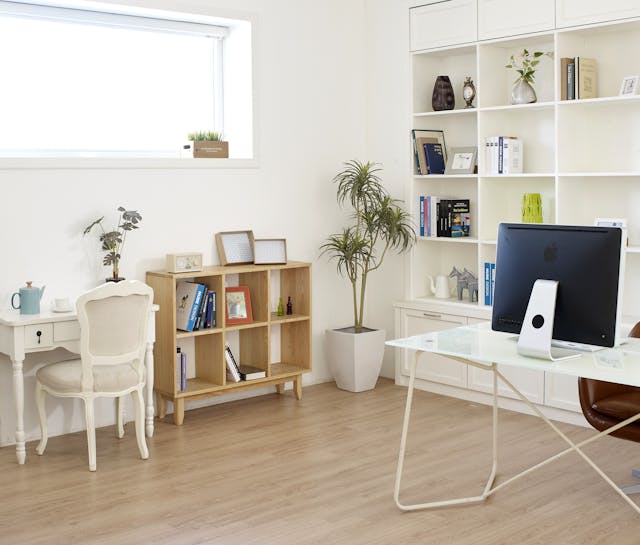

Surface Imperfections and Coverage
Matte is the master of disguise. It camouflages dents, scratches, and drywall sins. Low sheen is decent but might reveal subtle unevenness under strong downlights or bright daylight.
Lighting and Colour Perception
Lighting plays a big part in how both finishes perform. Matte paint absorbs light, making colours appear richer.
Low sheen reflects a little light, which can make colours seem brighter or change slightly depending on the angle.
Which Finish Is Best for Each Room?
Different rooms, different needs. Think function first, then style.
Living Room and Hallways
Low sheen works well here. These areas get traffic and need a finish that won’t complain about a little bump or rub. It also gives off a clean look without turning your walls into mirrors.
Bedrooms and Ceilings
Matte is a favourite for bedrooms and ceilings. You don’t touch those walls much, and you’ll love the soft, restful vibe it creates. Plus, no nasty glare from overhead lights.
Kitchens and Bathrooms
These spaces need something that resists moisture and wipes clean easily. Low sheen is up to the task. Matte doesn’t like steam or spaghetti splatter – it’s better kept in drier zones.
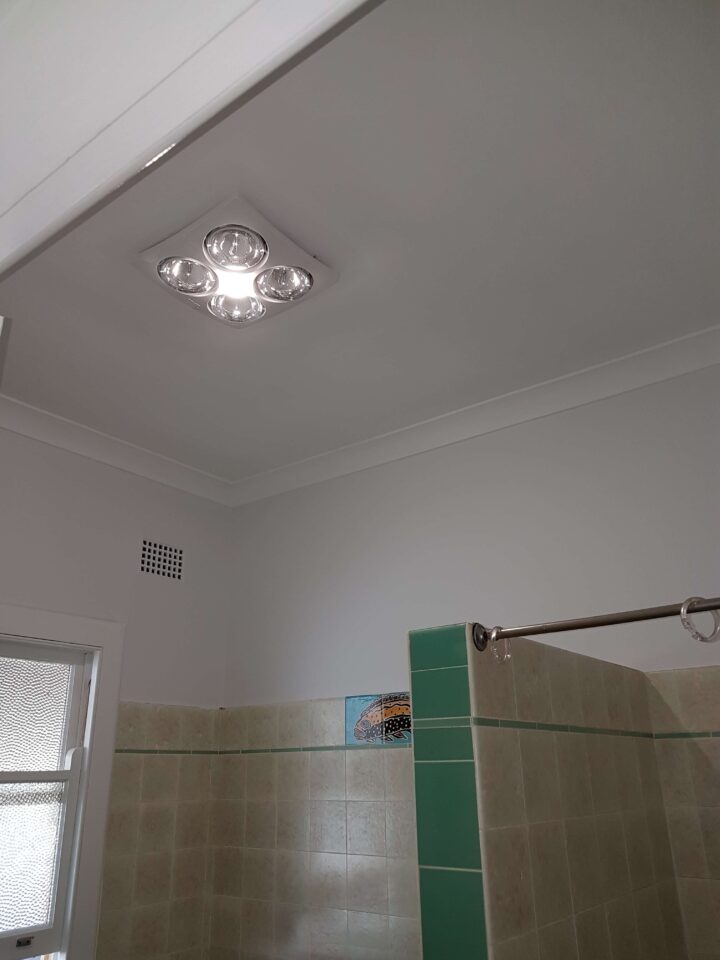

Children’s Rooms and High-Traffic Areas
Low sheen again takes the lead. It’s more forgiving of sticky fingers, crayons, and the occasional toy car crash. Matte’s a bit too precious for rough-and-tumble zones.
Expert Tips on Choosing the Right Paint Finish
A little knowledge goes a long way when picking a finish. Here’s what seasoned painters want you to know.
How to Match Finish to Function
Think about how a room is used, not just how it looks. High-traffic? Go for durability. Quiet retreat? Choose softness. And always test a small patch first to see how it plays with your lighting.
Understanding the Impact of Lighting
Natural light can be a trickster. Matte finishes soak it up, giving a subtle, grounded look. Low sheen reflects some of it, adding dimension.
Take note of where your light comes in and how strong it is – it changes everything.
Paint Finish and Colour Depth: What to Expect
Matte makes colours look deeper and more solid. Low sheen can make hues appear slightly lighter or shift tone throughout the day.
If your wall colour is the star of the show, matte will give it a strong stage presence. Low sheen offers more of a supporting role, but still helps it shine.
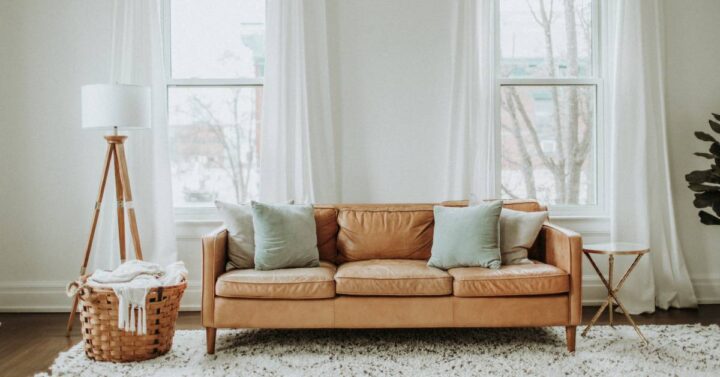

Frequently Asked Questions
Still got questions? Let’s tackle a few that come up all the time.
Is Matte or Low Sheen Better for Walls?
Depends on the room. For high-traffic or family areas, low sheen is usually better. It’s tougher. For calm, stylish spaces like a master bedroom or study, matte is a strong choice.
Does Low Sheen Paint Hide Imperfections?
Not as well as matte. If your walls are less than perfect, matte will keep the secrets. Low sheen might let a few slip through, especially in harsh lighting.
Can You Use Low Sheen in Bedrooms?
Absolutely. Low sheen gives a neat, modern look and is easy to maintain. If you’re aiming for something moodier and cozier, matte could be more your style – avoid scuff-prone spots.
Final Thoughts: Making the Right Choice for Your Space
When it comes to paint finishes, one size doesn’t fit all. Think about your lifestyle, your rooms, and how much wall-touching happens at your place.
Whether you pick the easy-going toughness of low sheen or the relaxed elegance of matte, the right choice is the one that works for you – and your walls.



